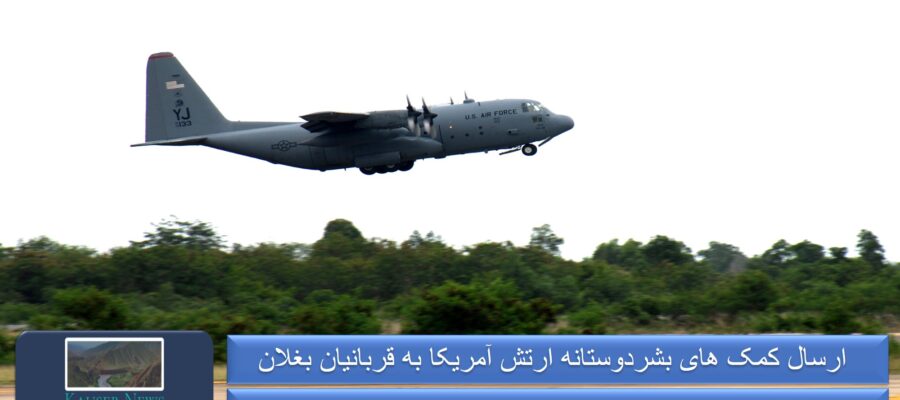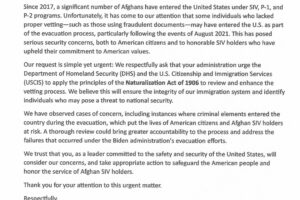Mazar-e-Sharif, Afghanistan – May 12, 2024
In a significant humanitarian effort, two United States Army airplanes landed at Mazar-e-Sharif Airport on May 10, 2024, delivering crucial aid to victims in Baghlan province. This comes amid ongoing challenges faced by the region, which has been severely impacted by recent natural disasters and ongoing socio-economic struggles.
Sources on the ground confirmed the arrival of the U.S. Army planes, which were loaded with essential supplies including medical kits, food, water purification units, and shelter materials. These supplies are intended to support the thousands of families displaced and affected by the recent flooding and landslides that have wreaked havoc across Baghlan.
Interestingly, neither the Taliban, who currently govern Afghanistan, nor the United States government have officially confirmed or denied these reports. The lack of official statements has led to widespread speculation about the nature and future implications of this aid delivery.
Baghlan province has been grappling with severe natural disasters that have compounded the existing humanitarian crisis. The recent floods and landslides have not only displaced thousands but also destroyed vital infrastructure, including roads, bridges, and homes, leaving many communities isolated and in desperate need of assistance.
Humanitarian organizations operating in the region have repeatedly called for international support, highlighting the dire conditions and the urgent need for relief efforts to prevent a worsening of the situation.
The U.S. military has a long history of providing humanitarian assistance globally, particularly in disaster-stricken areas. Their capability to rapidly deploy resources and personnel makes them a vital component of international relief efforts. The recent delivery to Mazar-e-Sharif signifies continued U.S. involvement in humanitarian missions, despite the complex political and security environment in Afghanistan.
Local authorities in Baghlan have expressed gratitude for the aid, noting that it will significantly alleviate the suffering of many affected families. Community leaders have also welcomed the assistance, emphasizing the immediate need for more international support to rebuild and recover from the disaster’s impact.
However, the situation remains fluid, and the lack of official confirmation from the Taliban and U.S. government adds a layer of complexity to the narrative. Analysts suggest that this could be due to the sensitive nature of U.S. involvement in Afghanistan post the 2021 military withdrawal and the subsequent rise of the Taliban.
As relief efforts continue, the focus remains on ensuring that aid reaches the most vulnerable populations swiftly and efficiently. The international community is watching closely, hoping that this humanitarian gesture will pave the way for more collaborative efforts in addressing Afghanistan’s broader challenges.
The situation in Baghlan highlights the critical need for sustained international humanitarian support. It serves as a reminder of the ongoing human cost of natural disasters in regions already burdened by political and economic instability.
For now, the arrival of U.S. humanitarian aid in Mazar-e-Sharif brings a glimmer of hope to the people of Baghlan, symbolizing a lifeline amidst their struggles and a testament to the enduring importance of global solidarity in times of crisis.





